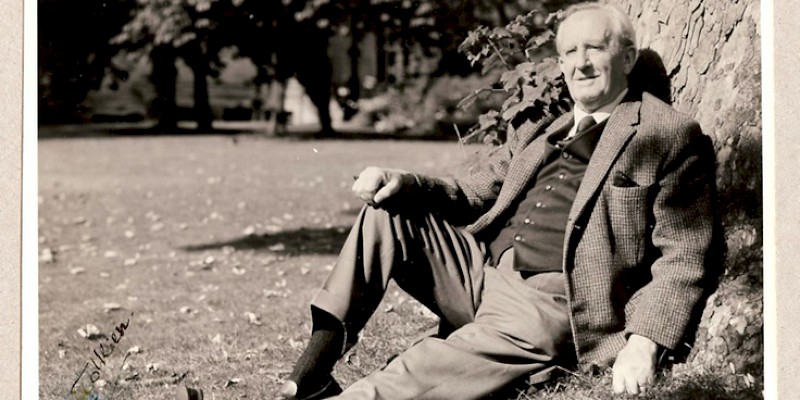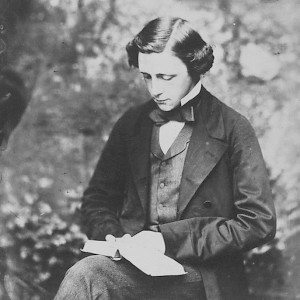Lord of the Rings and the Inklings in Oxford

How Oxford's spires (and pints in a local pub) helped inspire Tolkien's Middle Earth
Narnia
English professor C.S. Lewis once wrote in his diary that, from his rooms in Magdalen College, he could “...see nothing, not even a gable or a spire, to remind me that I am in town. I look down on a stretch of ground which passes into a grove of immemorial forest trees, at present coloured autumn red. Over it stray deer...”
You can almost picture him daydreaming about the thin veil separating fantasy from reality—and how adventurous children might find ways to breech it, perhaps through a magical wardrobe.
Much the same way you cannot look at the Great Hall at Christ Church College and not imagine this ur-dining hall's long tables occupied by Gryffindors and Ravenclaws, the teachers' table on its dais at the far end presided over by Dumbledore himself (and, in reality, the table from which mathematics professor Charles Dodgson would often escape by slipping through the secret exit in the wood paneling and slip down a tight spiral staircase—Lewis Carroll's own private rabbit hole). Or, at least the filmmakers of the Harry Potter movies imagined this, as they recreated the Great Hall—and its staircase—as a stage set for Hogwarts.
The Inklings
But getting back to C.S. Lewis, who would often spend what he described as “golden sessions” with the Inklings, a group of like-minded Oxfordians who would gather at the Eagle and Child pub to discuss their shared passions: theology, philosophy, literature, and the writing process.
One of the Inklings closest to Lewis was a don of Anglo-Saxon languages named J.R.R. Tolkien.
The Oxford don of Middle Earth
Tolkien was fond of a massive black pine in the Oxford botanical gardens. There’s a famous photograph of him seated there, and I can only guess that Peter Jackson was tipping his filmmaker’s hat to honor the writer when he introduced Elijah Wood’s Frodo Baggins in a similar pose in Fellowship of the Rings.
[Sadly, in 2014, at the age of 215, one of the venerable pine's massive limbs snapped off and within weeks it was determined that the rest of the tree had to go.]
While there’s little of Oxford that we know for sure inspired any element of The Lord of the Rings—though the man himself once commented that the Radcliffe Camera looks like Sauron's temple to Morgoth on Nümenor—there is a slice of long-since vanished Oxford that’s tantalizingly open to conjecture.
The brilliant 12th century monk Roger Bacon lived and worked in a tower, nicknamed Bacon’s Folly, straddling the ofl Folly Bridge over the Thames River (sadly, the tower was demolished in the 18C). In the middle ages, this figure puttering around an alchemy lab, making wild (and often true) scientific statements about the world that flew in the face of accepted medieval superstitions, and frequently appearing on moonless nights to take measurements of the stars from atop his tower, was thought by many to be some sort of sorcerer.
Now, in Oxford the Thames River is more commonly known as the Isis River, which would make the proper name for a tower on that river “Isisgard.” It’s hard not to make the connection between that and a certain mysterious robed wizard living in a tower called Isengard.
The Rabbit Room
From 1939 to 1962, when not teaching literature (or writing it), the Inklings met regularly in the Rabbit Room of The Eagle and Child, a 1650 pub on St. Giles Street that they called "The Bird and Baby."
Nailed to the wall above the pub’s fireplace around which the professors would meet for their chats, is a 1949 document signed by the Inklings to attest that each had drunk to the landlord’s health.
I stood in the Rabbit Room, glass of Oxfordshire-brewed Brakspear Special in hand like a proper punter, and examined the signatures, which were so florid and bombastic I could come to only one conclusion: the Inklings must have been quite drunk at the time.
With a Cheshire smile I raised my pint and made my own silent toast: to Middle Earth, Narnia, Wonderland, Hogwarts, and the Oxford that inspired them all.










